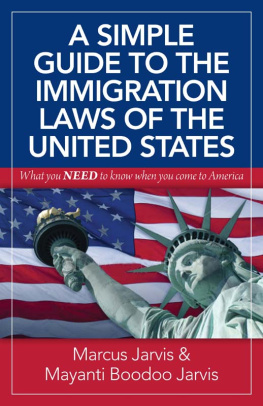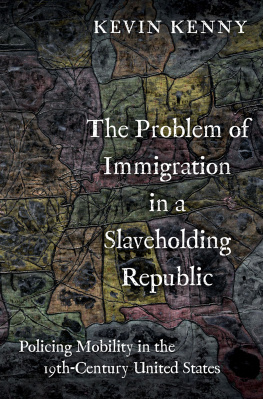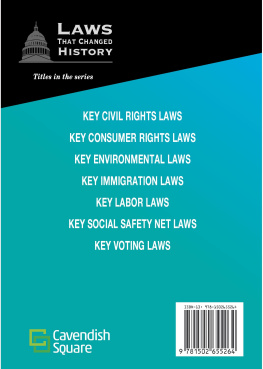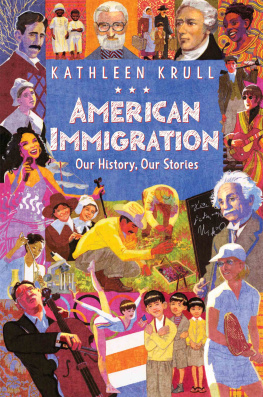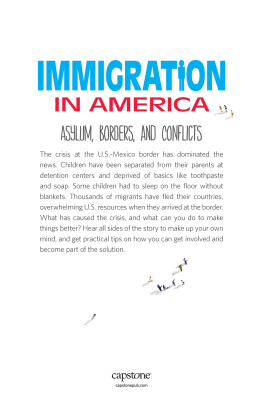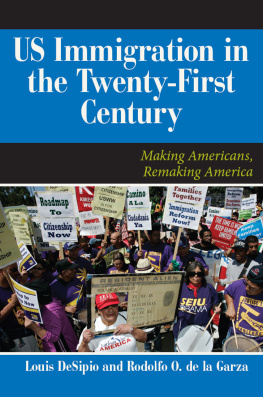Marcus Jarvis - A Simple Guide to the Immigration Laws of the United States: What you NEED to know when you come to America
Here you can read online Marcus Jarvis - A Simple Guide to the Immigration Laws of the United States: What you NEED to know when you come to America full text of the book (entire story) in english for free. Download pdf and epub, get meaning, cover and reviews about this ebook. year: 2014, publisher: BookBaby, genre: Politics. Description of the work, (preface) as well as reviews are available. Best literature library LitArk.com created for fans of good reading and offers a wide selection of genres:
Romance novel
Science fiction
Adventure
Detective
Science
History
Home and family
Prose
Art
Politics
Computer
Non-fiction
Religion
Business
Children
Humor
Choose a favorite category and find really read worthwhile books. Enjoy immersion in the world of imagination, feel the emotions of the characters or learn something new for yourself, make an fascinating discovery.
- Book:A Simple Guide to the Immigration Laws of the United States: What you NEED to know when you come to America
- Author:
- Publisher:BookBaby
- Genre:
- Year:2014
- Rating:4 / 5
- Favourites:Add to favourites
- Your mark:
A Simple Guide to the Immigration Laws of the United States: What you NEED to know when you come to America: summary, description and annotation
We offer to read an annotation, description, summary or preface (depends on what the author of the book "A Simple Guide to the Immigration Laws of the United States: What you NEED to know when you come to America" wrote himself). If you haven't found the necessary information about the book — write in the comments, we will try to find it.
As far back as the early days of colonization, the United States of America was built largely by immigrants who continue to be a contributing presence in the country today.
For those fortunate enough to be born in the USA which immediately grants them U.S. citizenship it may be difficult to fully grasp the realities of life immigrants face on a daily basis.
Leaving family, friends, and their birthplace behind is a huge sacrifice for people coming to America in search of a better life. Being unfamiliar with the language, customs, traditions, federal/state regulations and immigration laws can be terribly frightening and overwhelming.
Some people are successful in their venture for a new and better life, and some make many mistakes along the way.
When in doubt, or when you need assistance, you should always seek the help of a competent, knowledgeable U.S. immigration attorney. Therefore, this book is intended to better prepare you when asking probing questions to your attorney or another legal immigration adviser.
A Simple Guide to the Immigration Laws of the United States should not be used as legal advice because each factual situation is different. And unless theyre a qualified, knowledgeable attorney, we recommend that you do not rely on friends or family as they may ill advise you on U.S. immigration matters.
Many people, like Savie and myself, come to the United States seeking the American dream. They immigrate to improve their lifestyle, get a better education, and to increase their wealth (just to name a few desires), all of which can be obtained with a lot of hard work and assistance of those in their new country.
It is our hope that by reading this guide youll have a better understanding of what its like to be an immigrant in America, and what it takes to become a U.S. citizen.
Marcus Jarvis: author's other books
Who wrote A Simple Guide to the Immigration Laws of the United States: What you NEED to know when you come to America? Find out the surname, the name of the author of the book and a list of all author's works by series.

